Become a Motion designer in 9 Months
No Experience Needed
Program Highlights
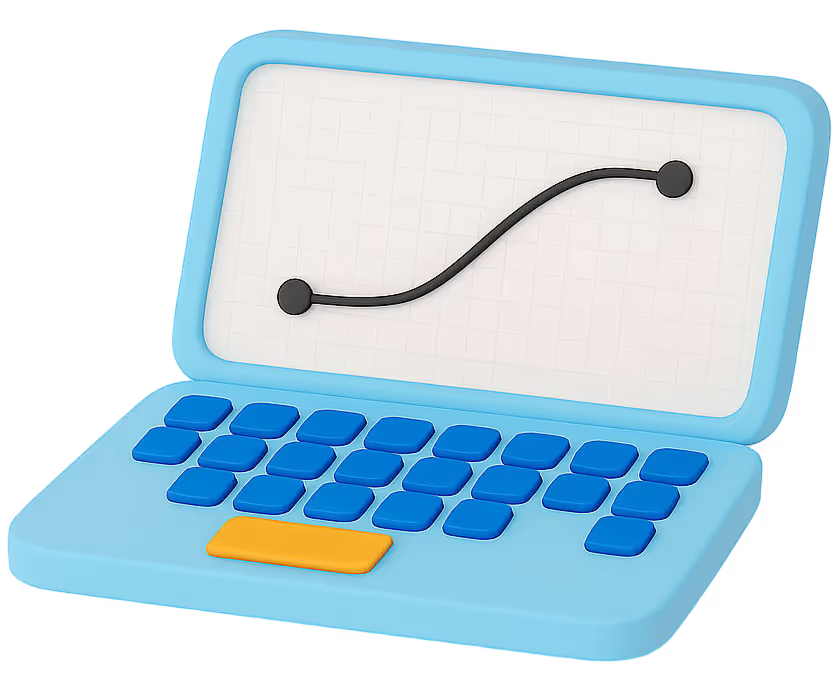

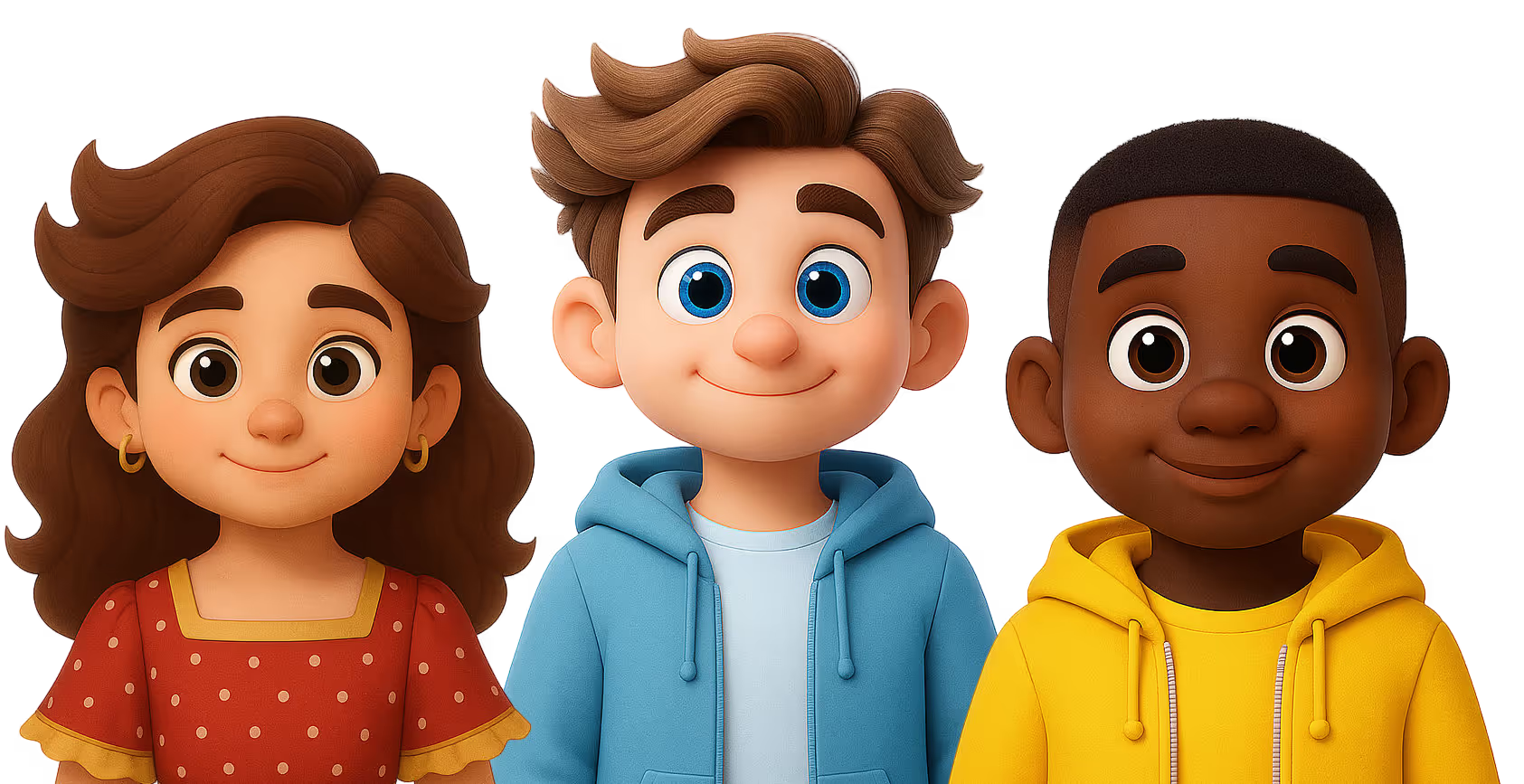
Motion Maestro is broken down into 9 modules. The modules are divided into two primary phases. The first phase are skill building courses related to fundamental tasks motion designers complete in a professional setting as freelancers or in house staff. The second phase provides more creative freedom and guided career development to help students gain valuable experience and start their new professional journey with these new skills.
Motion Design Crash Course
MDCC is a set of 7 lessons and 7 assignments that are designed to introduce all the primary tools that Motion Designers use in their day to day work load. Students will learn, practice, and submit common motion design projects and gain new skills in After Effects, Illustrator, and Photoshop. They will also gain first exposure to fundamental design and animation principles.
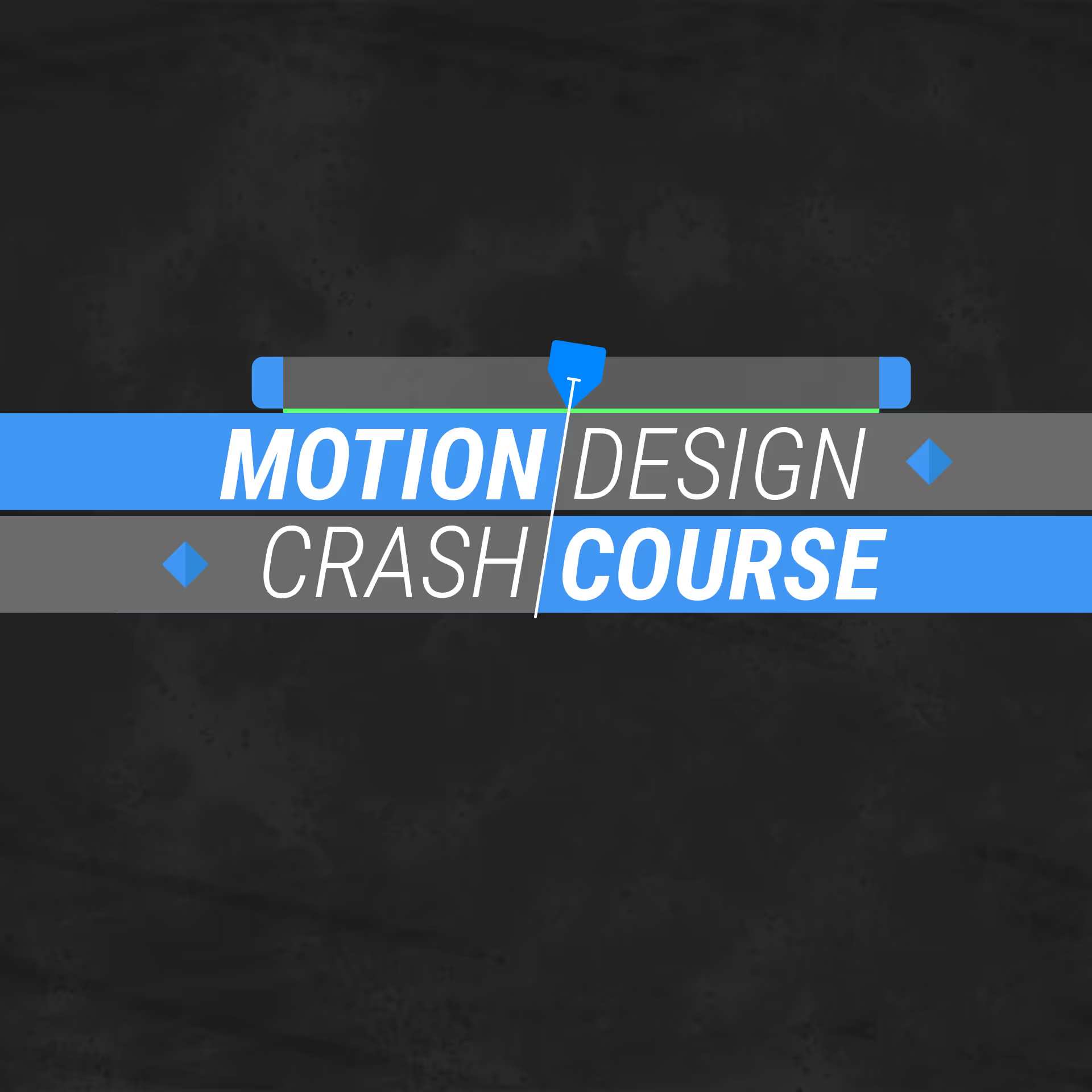
Principles of Animation
The Principles of Animation module has seven primary instructional lessons that teach a collection of animation principles that are relevant to Motion Designers. We discuss and learn techniques on how to wield Ease In & Ease Out, Arcs, Squash & Stretch, Anticipation, Follow Through & Overlapping Action, and Staging & Eye Trace. We finish the module with a fully illustrated advertisement that the students can add to their portfolio.
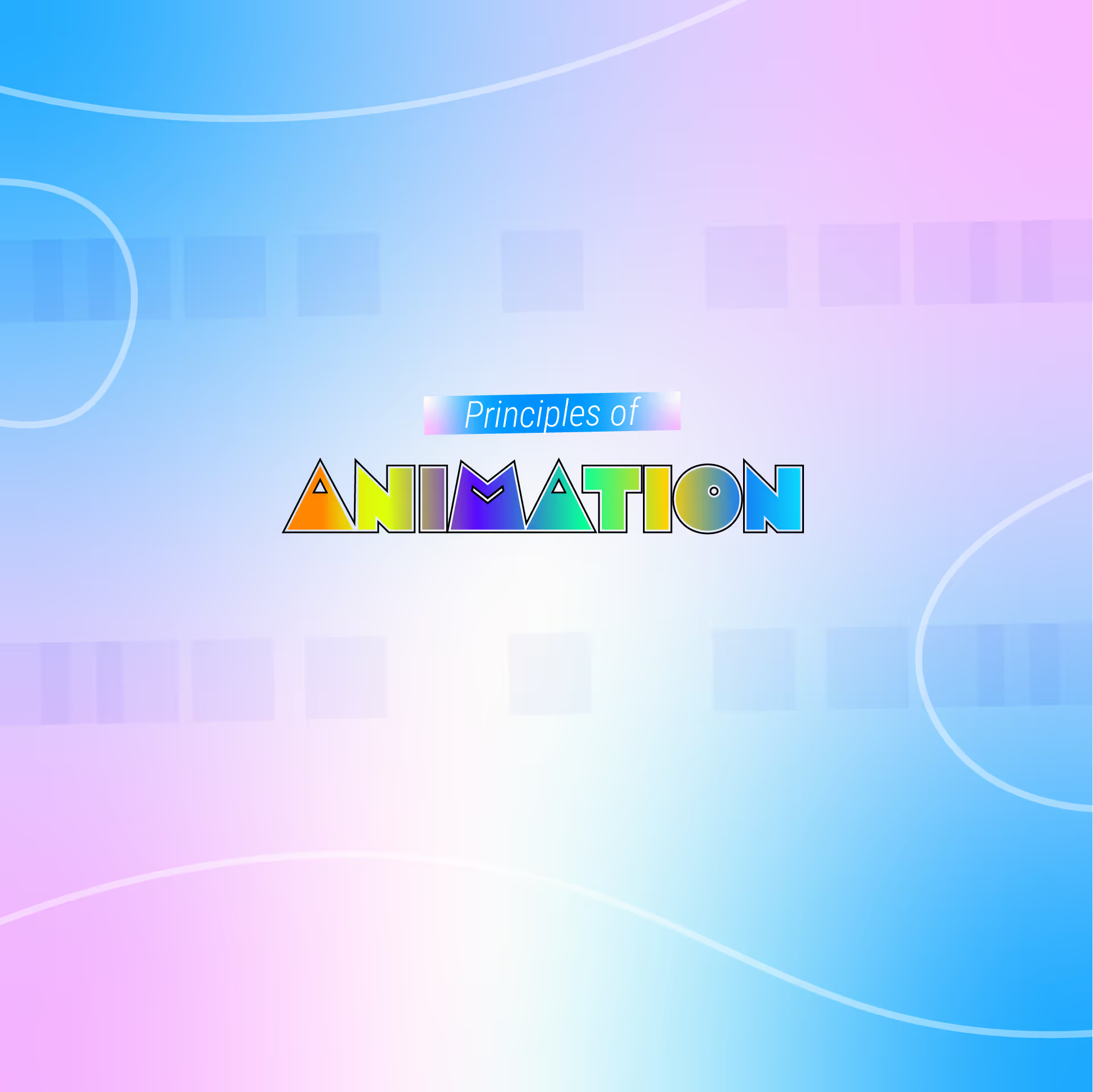
Graphic Communications
The graphic communications course is a slight change of pace from the previous modules. Here we learn graphic design fundamentals like Hierarchy, Color Theory, Layout Design, Typography, Design Styles and dive deeper into tools like Adobe Illustrator and Photoshop. Students will complete a capstone project applying all the new skills they've learned.
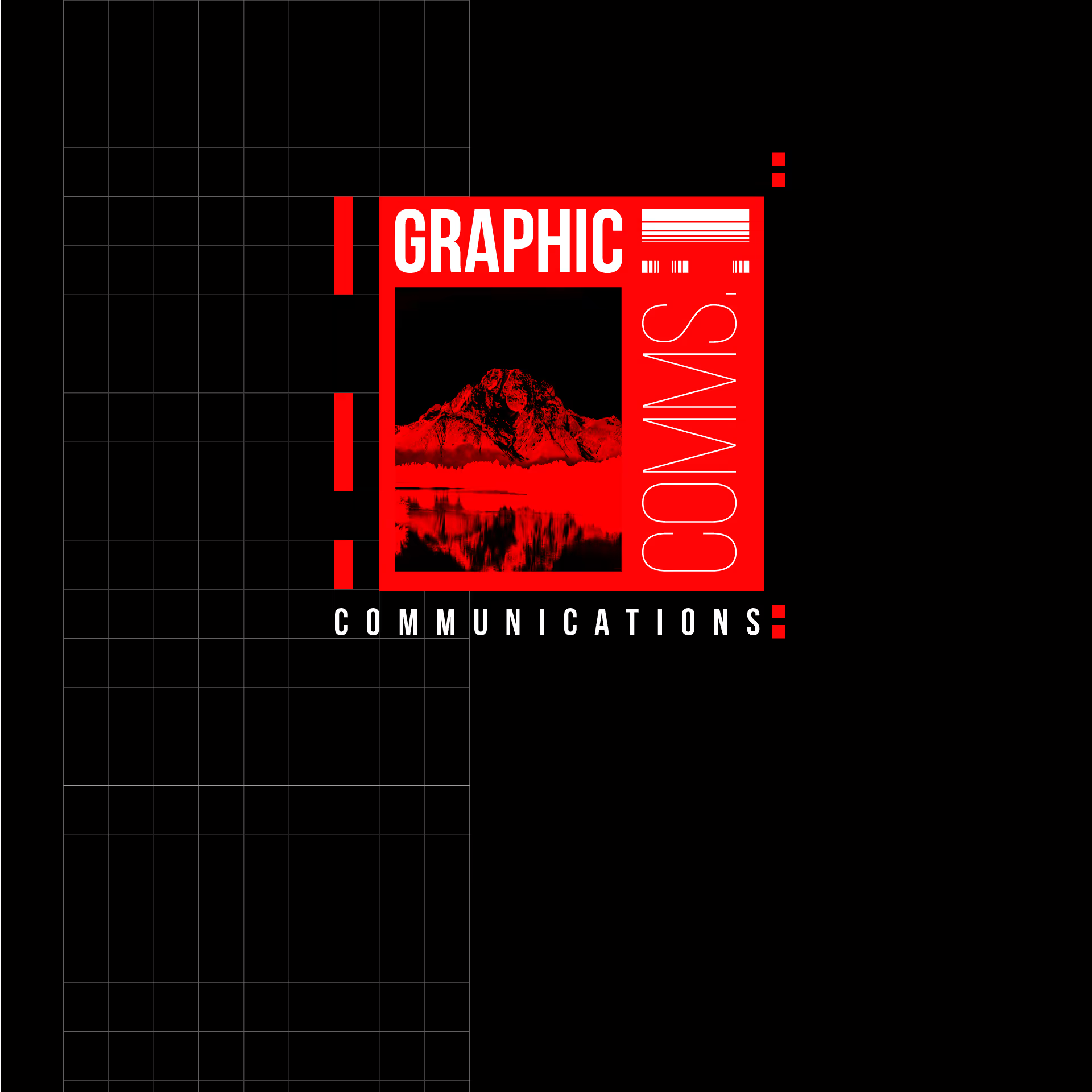
Intro to Filmmaking
Intro to Filmmaking is a 4-week course with lessons and assignments designed to teach the essential tools and techniques used by filmmakers. Students will learn, practice, and complete short filmmaking projects while gaining hands-on experience with cameras, lighting, editing software, and story structure. They will also be introduced to core principles of visual storytelling, sound design, and directing.
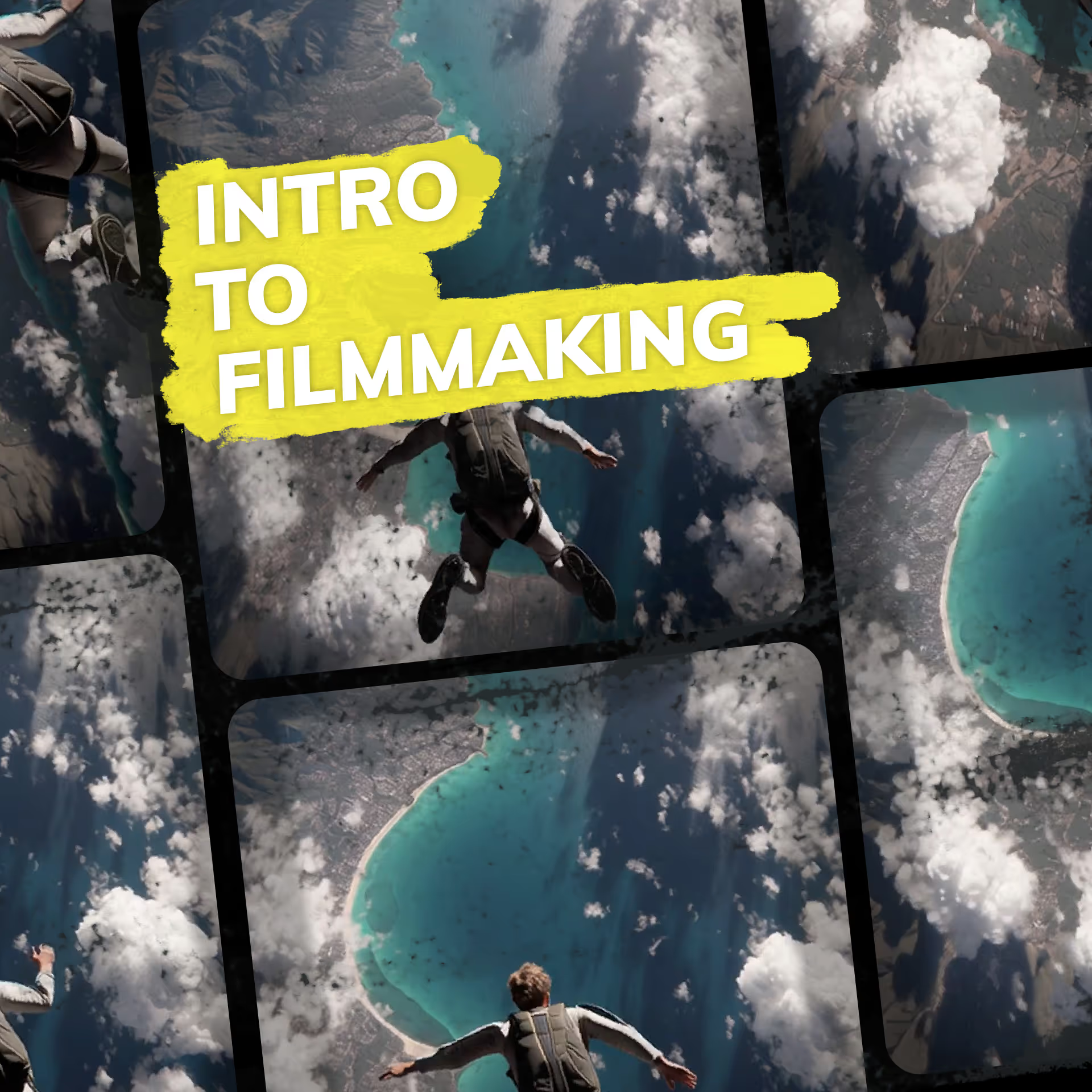
Design for Motion
Design for Motion is a 6-lesson module that helps students sharpen their visual design skills specifically for motion graphics. Each lesson builds creative confidence through projects that involve image-making, style frames, type-driven compositions, and data visualization. Students will experiment with design boards, build visual concepts from scratch, and explore industry-standard tools and learn about 3D basics and compositing. The module wraps with a final project that implements all skills they have learned.

Blender for Motion Design
Blender for Motion Design is a 4-week course that introduces motion designers to Blender as a powerful 3D companion to After Effects. Through a series of hands-on projects, students will learn how to build stylized scenes, animate objects, render frames, and sync cameras between Blender and AE. The module covers core concepts like lighting, modifiers, keyframing, and simulations—giving students both immediate-use skills and the foundational understanding to keep learning independently.

Explainer Videos & Career
Explainer Videos & Career Foundations is a pivotal module where students create their first full-length explainer video—putting together everything they’ve learned so far into a polished, client-ready piece. Alongside production, students begin building the foundation of their motion design career. From setting up profiles on platforms like Upwork, Fiverr, Contra, LinkedIn, etc... to identifying potential job paths, this module helps students take their first real steps toward earning work and growing as creative professionals.
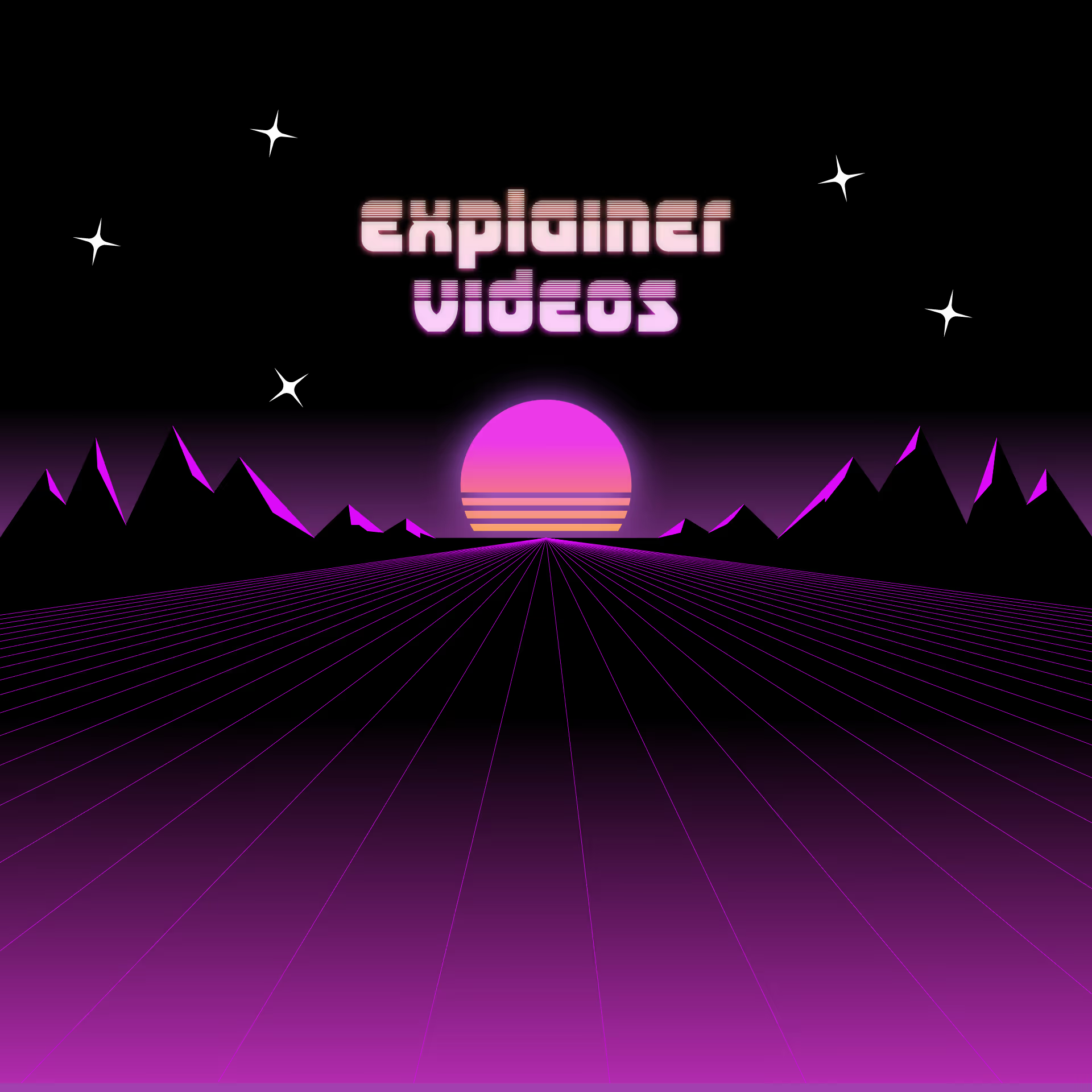
Motion, AI & Career
Motion, AI, and Career is a four-class series that explores the evolving role of AI in motion design. Students will learn how to integrate cutting-edge AI tools into their creative workflows—from idea generation to video production—while diving into more advanced After Effects techniques like Essential Graphics. This module also challenges students to take real action: land a client project, apply their skills in a real-world setting, and begin navigating the future of creative work with AI as a collaborator.

Final Frontier
Final Frontier is the culminating module of the program—four weeks of creative freedom, peer check-ins, and professional momentum. Students develop a fully self-directed motion graphics piece from concept to final render, including ideation, storyboarding, reference gathering, design, and execution. Each class serves as a collaborative progress review and presentation space. At the same time, students are actively applying for jobs, pitching freelance services, and pursuing real client work—which, if landed, can take the place of their final project. This is where everything comes together: craft, voice, and career readiness.

COURSE MODULES
Instructors
The instructors for Motion Maestro are industry veterans and working professionals who strongly emphasize a balanced view of work as a professional artist. This is one of the core prinicples that underpins our approach to teaching and working in commercial art. Education shouldn’t be an expensive and time consuming endeavor.
Andre Ellis
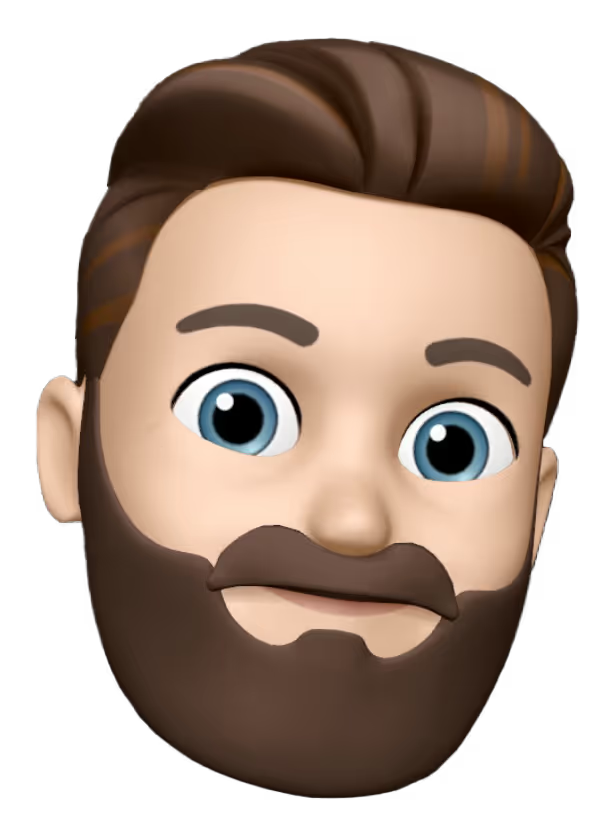

Reuben Lara
Christina Goss


Robbie Patton
COURSE REQUIREMENTS
You will need a few things to get started and complete the course assignments.

M1 Macbook or Equivalent
Working in motion design is like any job – it requires tools. A motion designer's primary tool is their computer. While studying, having a modestly powerful computer will make the learning process much smoother. We suggest at least an M1 Macbook Pro, or Windows equivalent.

Adobe Creative Cloud
There are many creative softwares available and used in motion design. Our course centers around the Adobe ecosystem. We will be using several software products and Adobe tools, so the Creative Cloud subscription is required* for this class.
*Adobe CC is not included in the cost of the class*
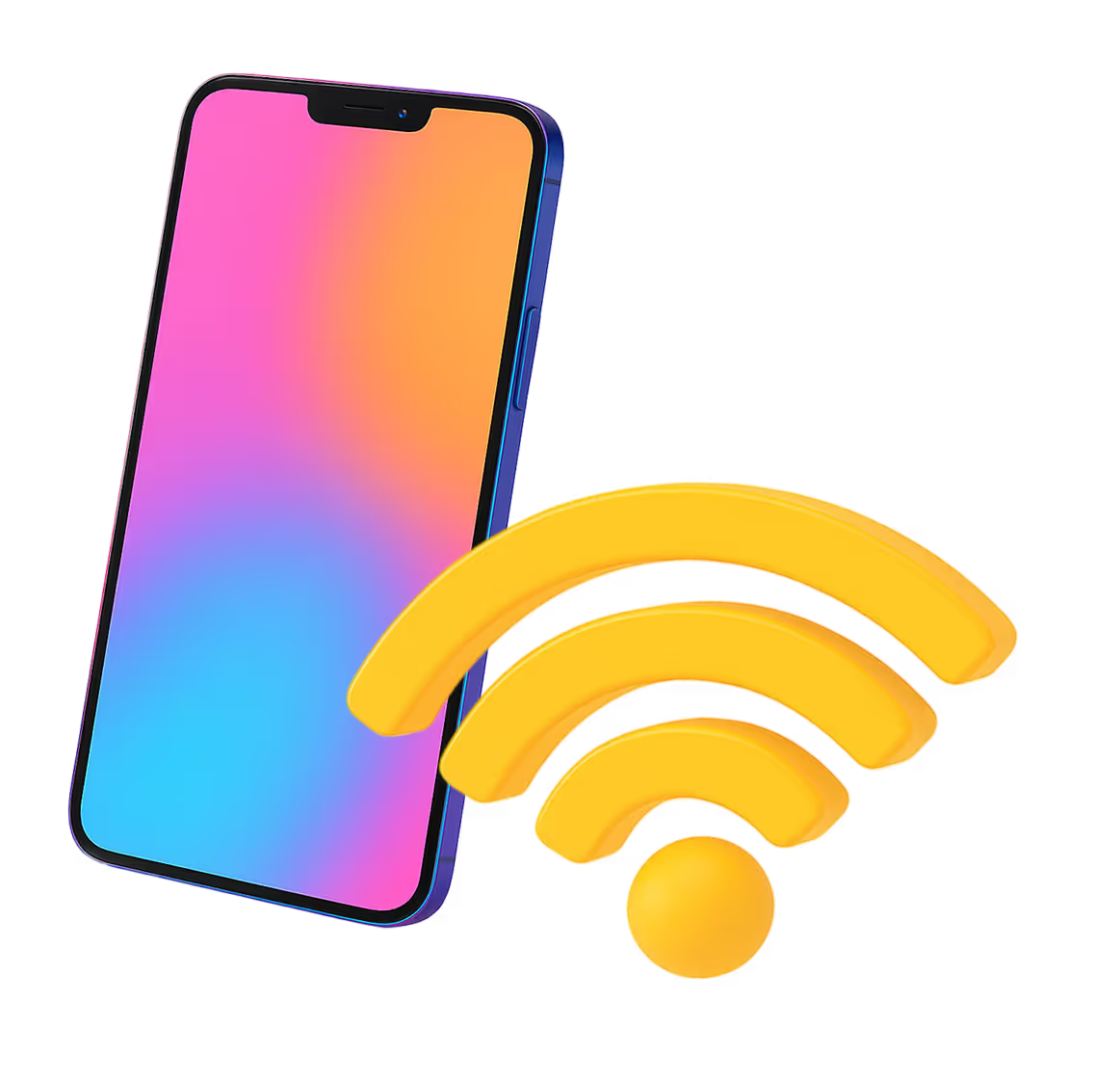
Smartphone & Internet Access
In order to view the learning content, engage with instructors and other students, as well as submit and complete homework, you'll need internet access. We will also have some limited video assignments where capturing video will be necessary. Usually, the camera on you phone will work perfectly.
Tuition



COURSE SCHEDULE
Motion Maestro is structured but flexible and built for busy people. There are two cohorts per year, the first beginning in April and the second beginning in September. The course follows a consistent rhythm: you’ll learn by doing, get feedback, and build your skills one project at a time. Each module is designed to be completed in a month with one to two lessons released each week. Every lesson has an assignment that should be completed that week and submitted for feedback before moving on to the next lesson. Each month, students will meet with their mentor to track progress and discuss goals.
April & September
Lessons Released Each Week
Monthly 1:1
Mentor Session
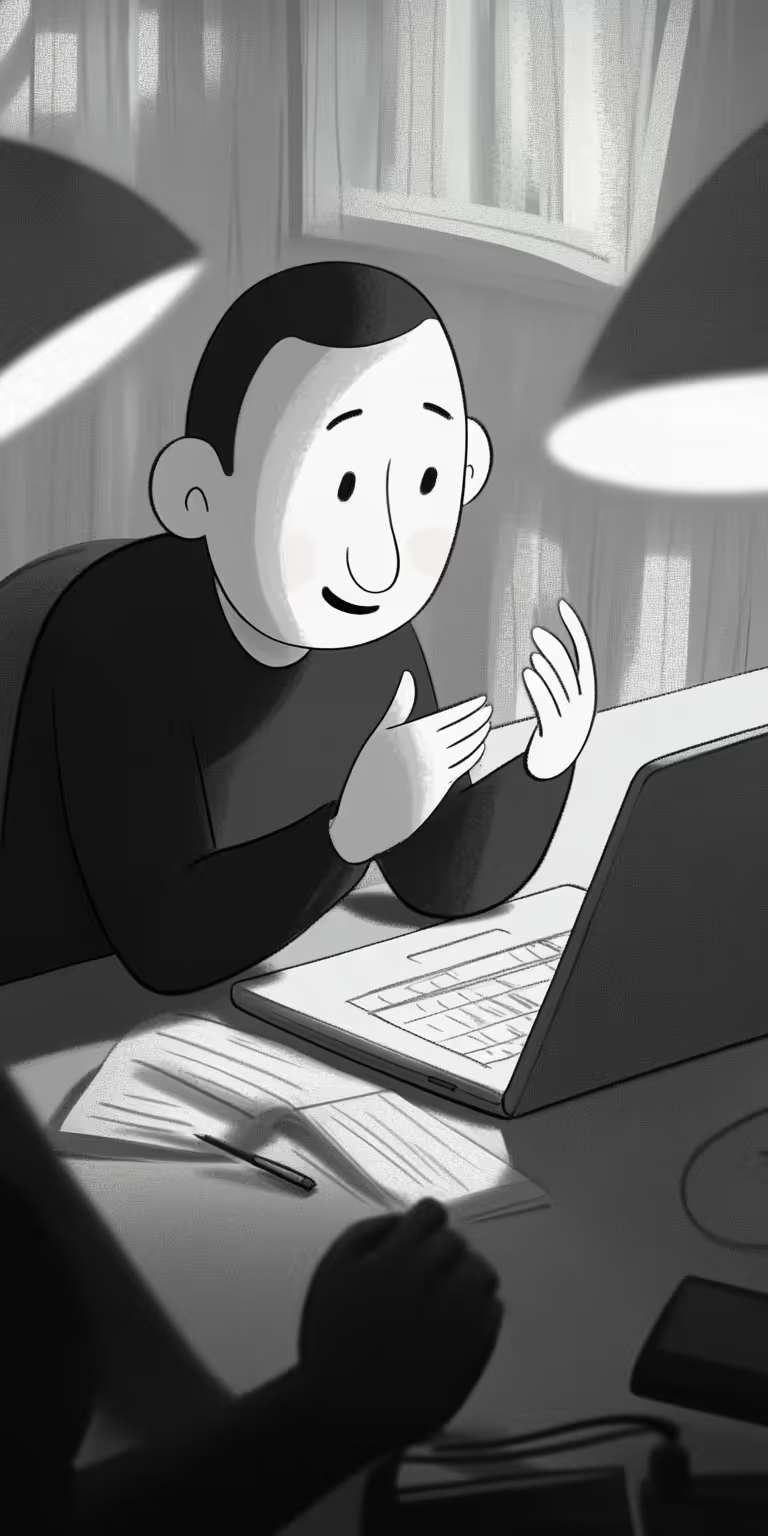
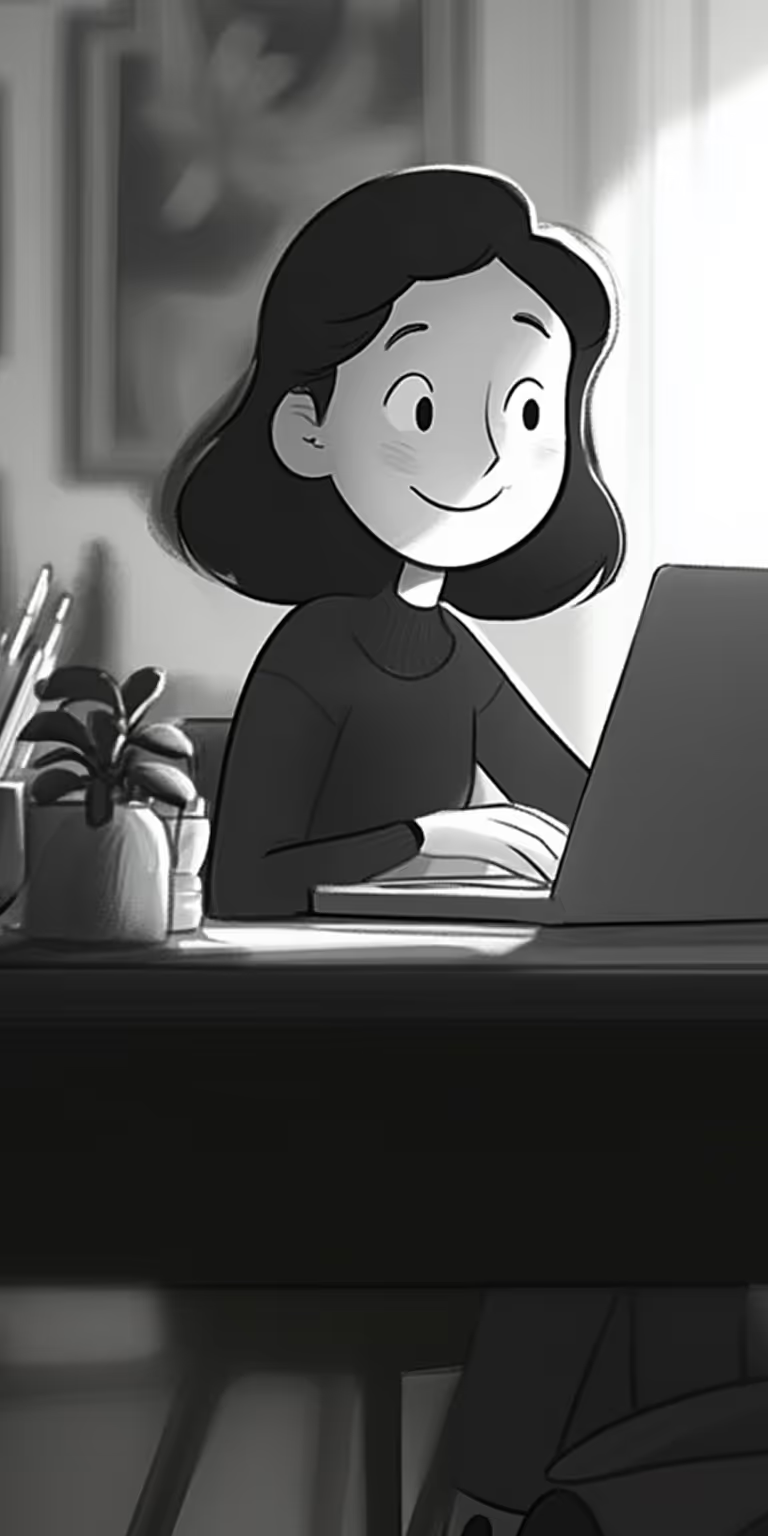
FAQs
Here are a few answers to common questions about our programs.
Yes! Motion Maestro is designed with working adults and busy people in mind. The first six modules are self-paced with pre-recorded lessons and asynchronous homework feedback. You can study at your own pace, on your own schedule.
The final three modules include live classes focused on portfolio building, career planning, and group critique—but all live sessions are recorded so you won’t miss anything if you can’t attend in real time.
Most students should plan to spend 3–5 hours per week on lessons and 5–10 hours on assignments. The more effort and time you put in, the faster you’ll progress—but the pace is flexible and up to you. Many of our students work full-time and find the rhythm manageable with consistent weekly focus.
Not at all. Motion Maestro is made for beginners. You don’t need to know anything about animation or creative software before starting. If you’re curious, creative, and motivated, we’ll guide you from zero to job-ready.
To complete this course, you’ll need:
• Adobe Creative Cloud (After Effects, Illustrator, Photoshop, Premiere Pro)
• A computer that meets Adobe software minimum system requirements. (We recommend at least an M1 MacBook or equivalent Windows machine.)
• Blender (free) for the 3D module (Blender system requirements)
Please note: Adobe Creative Cloud is required and not included in the course tuition.
You’ll have full access to the course content, recordings, and materials throughout the 9-month duration of the program. If you need more time to finish, extension options are available—just reach out to your mentor team.
No—and that’s by design. Jumpstart focuses on practical, portfolio-based outcomes, not academic credentials. Studios and clients don’t ask for degrees—they ask to see your work. That’s what we help you build.
Each student joins a cohort of up to 15 students, with personalized mentorship to support your growth. Here’s what you can expect:
• Weekly feedback on your homework submissions
• Monthly 1-on-1 check-ins with your mentor.
• Ongoing access to our Jumpstart Slack group, where you can ask questions, get advice, and connect with fellow students and alumni.
We’re here to help you stay accountable, encouraged, and on track.
Jumpstart runs for 9 months, split into two main phases:
• Phase 1 (Months 1–6): Self-paced learning through video lessons, hands-on assignments, and weekly feedback.
• Phase 2 (Months 7–9): Live classes, portfolio development, career guidance, and peer reviews.
By the end of the program, you’ll have a solid starter portfolio and the confidence to take on real client work.
That’s the goal—but we don’t make empty promises.
Motion Maestro is designed to prepare you with a professional portfolio, real-world projects, and mentorship to help you stand out. While we don’t guarantee job placement, we're confident students who put in the effort, consistency and creativity will be positioned for success.
You have two options:
• Pay in full: $1,497
• Monthly plan: 9 payments of $199/month
You’ll select your plan during the application process. No hidden fees or upsells.
Currently, we run two cohorts per year, beginning in April and September.
Each cohort is capped at 15 students to maintain a high level of personal attention and feedback.
You’ll create a wide variety of projects including:
• Character animations
• Kinetic typography
• Infographics
• Short ads and promos
• Explainers
• Portfolio-ready pieces for real-world scenarios
Each project is designed to teach you the tools and how to think like a motion designer.
To join, you’ll fill out a short application and let us know your interest. We keep cohorts small, and acceptance is based on space availability and ensuring each class stays personal and high-quality.
If the cohort is full, we’ll notify you and offer a spot in the next available group.